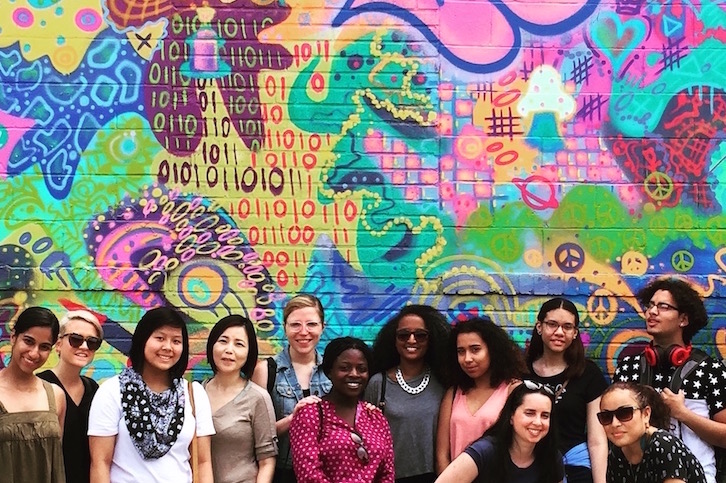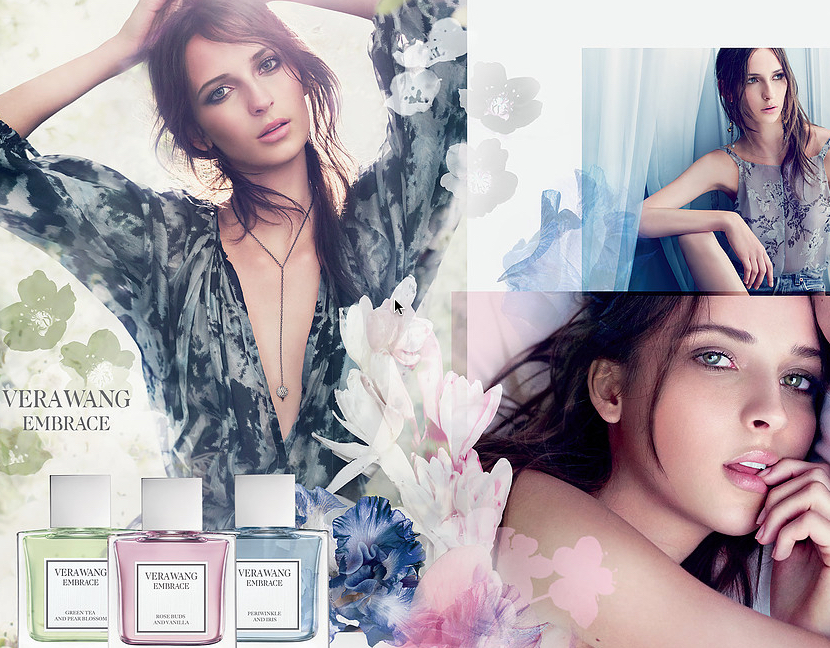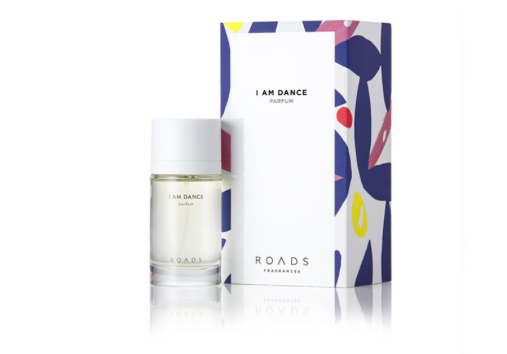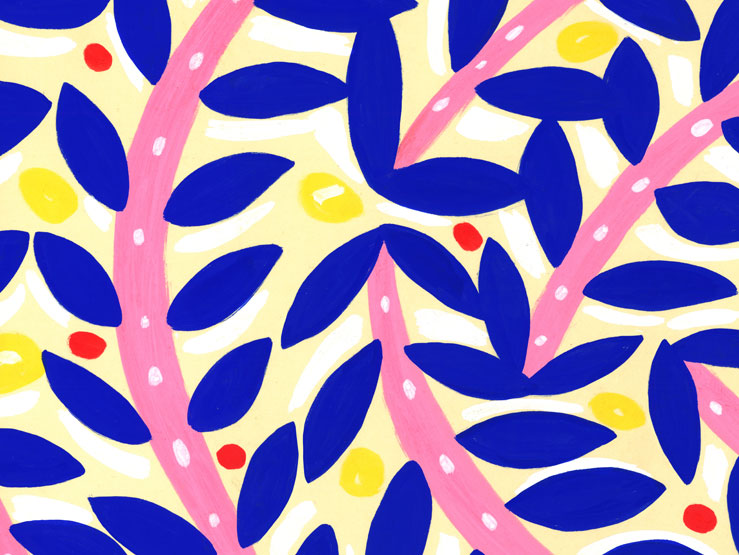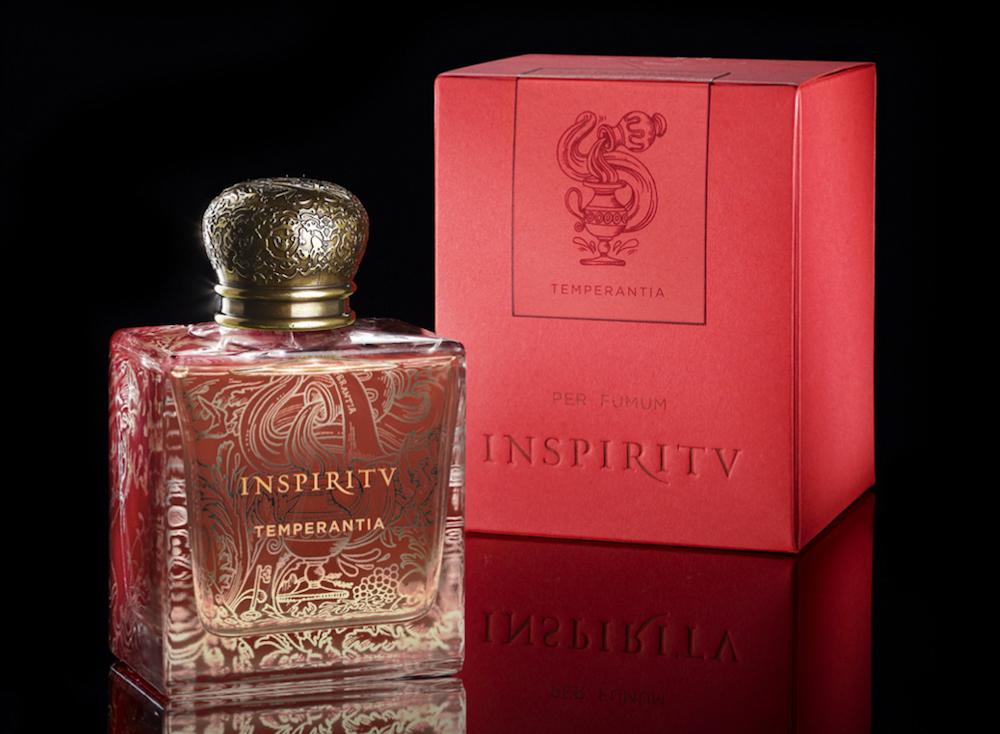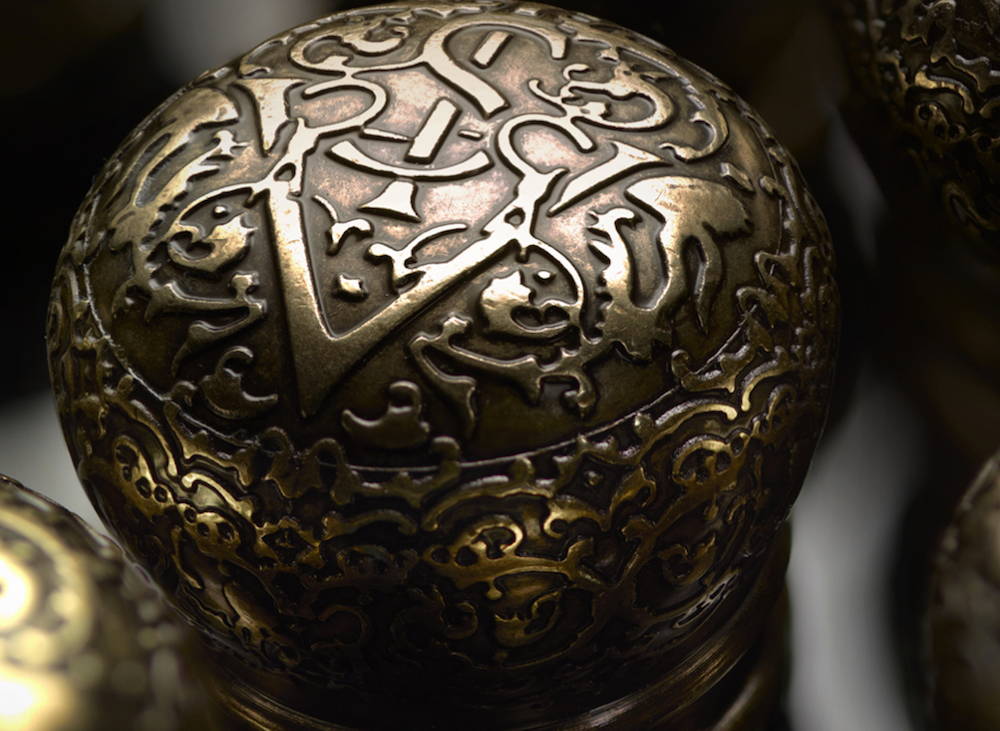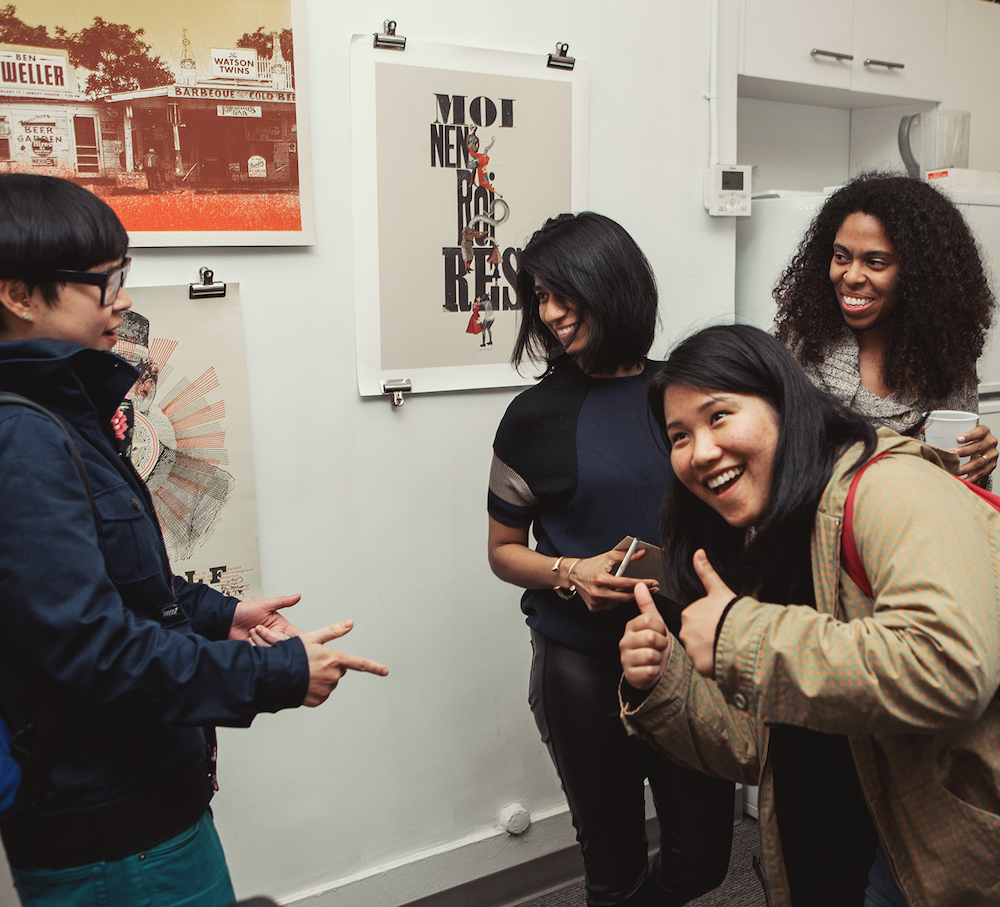Falling in love with a fragrance can be as treacherous as the real thing—and particularly if said fragrance suddenly disappears. Who knows why one fragrance mesmerizes the masses while another, equally seductive, becomes obsolete?
Originally from India by way of Singapore, Anjali Menon is currently Art Director of Fragrance Packaging for Coty, where she specializes in identity design and branding, as well as bottle, packaging, and carton design for celebrity and lifestyle fragrance brands.
With an extensive background in design development for various well-known companies including Victoria’s Secret Beauty and Kramer Design Group, Anjali has been in the beauty and design industry for the past 15 year during which time she has created branding for clients both locally and internationally.
The author of an upcoming design anthology, Menon took time to share some of her knowledge on identity design, which she often imparts when speaking at various art schools in India and the States.
Q: Based on your experience, what are the most important elements for establishing a successful fragrance?
Menon: A great deal goes into launching a successful fragrance. First and foremost, a new fragrance, like any brand, needs a strong story behind it which resonates with its target consumer.
Q: A narrative?
Menon: Exactly. Vera Wang’s latest launch of Embrace, for example, tells a story of romance and femininity. It surrounds you with florals and soft fabrics. Whether you are in the bedroom or in a garden, it makes you feel intimate and sexy.
Q: What draws people to a fragrance?
Menon: A fragrance is so much more than a scent. It is aspirational. The next most important element in supporting the fragrance story is a well thought through media campaign, both in print and online, as well as social media. In a market saturated with fragrances, one has to think of innovative ways of making a new fragrance stand out.
Q: What helps a fragrance get noticed in today’s crowded market?
Menon: Perhaps an app that allows a consumer to be a part of the story and share it with friends. Or pop-up shops that allow the consumer to immerse themselves for a brief moment in a micro-world created around this fragrance. The key is to capture the target consumers’ attention and draw them in.
Q: And what about “the juice,” as they say in industry parlance?
Menon: Finally, and perhaps most importantly, you need a captivating scent. One that hits all of the right fragrance notes and supports the story being told. All this, packaged in a beautiful bottle, is the essence of a successful launch.
Q: What fragrance inspires you in your work—and why?
Menon: Chanel is the first fragrance that comes to mind. It is a classic fragrance that has stood the test of time. It is also the perfect example of a fragrance which brings to life the aspiration of luxury and seduction not only through its scent but through its consistently strong advertising campaigns.
Q: Let’s look at some recent fragrance launches so that we might hear your assessments of what works in regards to product packaging. Let’s start with Roads Fragrances, which are sold at Barneys and which recently introduced a line of fragrances based on the continent of Africa. What are your thoughts on the vessel—which, incidentally, has tiny imbedded magnets in the top and the vessel?
Menon: The simplicity of the bottle lends itself to allowing the scent to really stand out. The minimalist design is clean and conveys a sense of luxury and prestige. I like the addition of the embedded magnets, which is an unexpected detail that adds a nice finish to the whole package.
Q: Danielle Ryan, founder of Roads, supplies a central theme to her perfumer. For example, for I Am Dance, she sought to capture the freedom of African dance, specifically the Pantsula, which is associated with hip-hop culture. What are your thoughts on the design and packaging?
Menon: With something as diverse as African dance as inspiration, it might be easy to get carried away—and yet this packaging has just the right amount of graphic element on the carton to capture the essence of the Pantsula. The pattern is vibrant and energetic without being overpowering. And the use of negative space on the front panel adds an element of calm, allowing the name to stand out.
Q: Let’s look now at Inspiritu, a new collection of Italian artisanal fragrances, now launching at Barneys, that are based on the four cardinal virtues. Your thoughts?
Menon: I love how ornate the packaging is. It evokes a sense of passion and intensity that comes across beautifully in the pattern on the bottle and cap. The artisanal quality of the fragrance can also be felt in the embossed cap. It’s a nice touch that the wick of the candle is red as well. It ties back to the family of fragrances quite nicely.
Q: Where do you derive inspiration outside your professional career? In other words, when you are outside the office, where do you go or what do you do that provides you with creative fuel?
Menon: I am fortunate to live in New York City, a city that is endlessly inspiring. With its graffiti, diverse culture, and museums, there is art to be found everywhere.
Q: From the corner bodega to the Met, it’s a never-ending kaleidoscope, isn’t it?
Menon: In addition, I’m an avid follower of a myriad designers and magazines on Instagram. The inspiration could come from architecture, nature, or fashion: the colors, forms, and textures can easily lend themselves to any project I am working on.
Apart from her full-time career, Menon chairs a mentoring program as part of the American Institute of Graphic Arts (AIGA/NY) in New York City, which pairs students from Manhattan’s High School of Art and Design with various design professionals.
Q: As the chairperson of a mentoring program for secondary school students, what do you think is important for a successful career in design?
Menon: Early experimentation with different art forms is key. It will help you understand and appreciate art as a whole and will make you realize that all art is interconnected. It will also help you figure out what type of art makes you tick. Understanding a little bit about illustration, photography, or digital design will help you become a more well-rounded designer and will lead to the creation of a stronger and more versatile piece of work.
Q: What advice or counsel do you give students who are looking to enter the beauty industry?
Menon: I would recommend trying out different areas of design within the beauty industry to get a taste of what it has to offer before you settle on any one path. Work hard. Stay curious. Keep learning. And most of all, have fun. It is far easier to excel at what you are doing if you truly enjoy it—and people will take notice.

